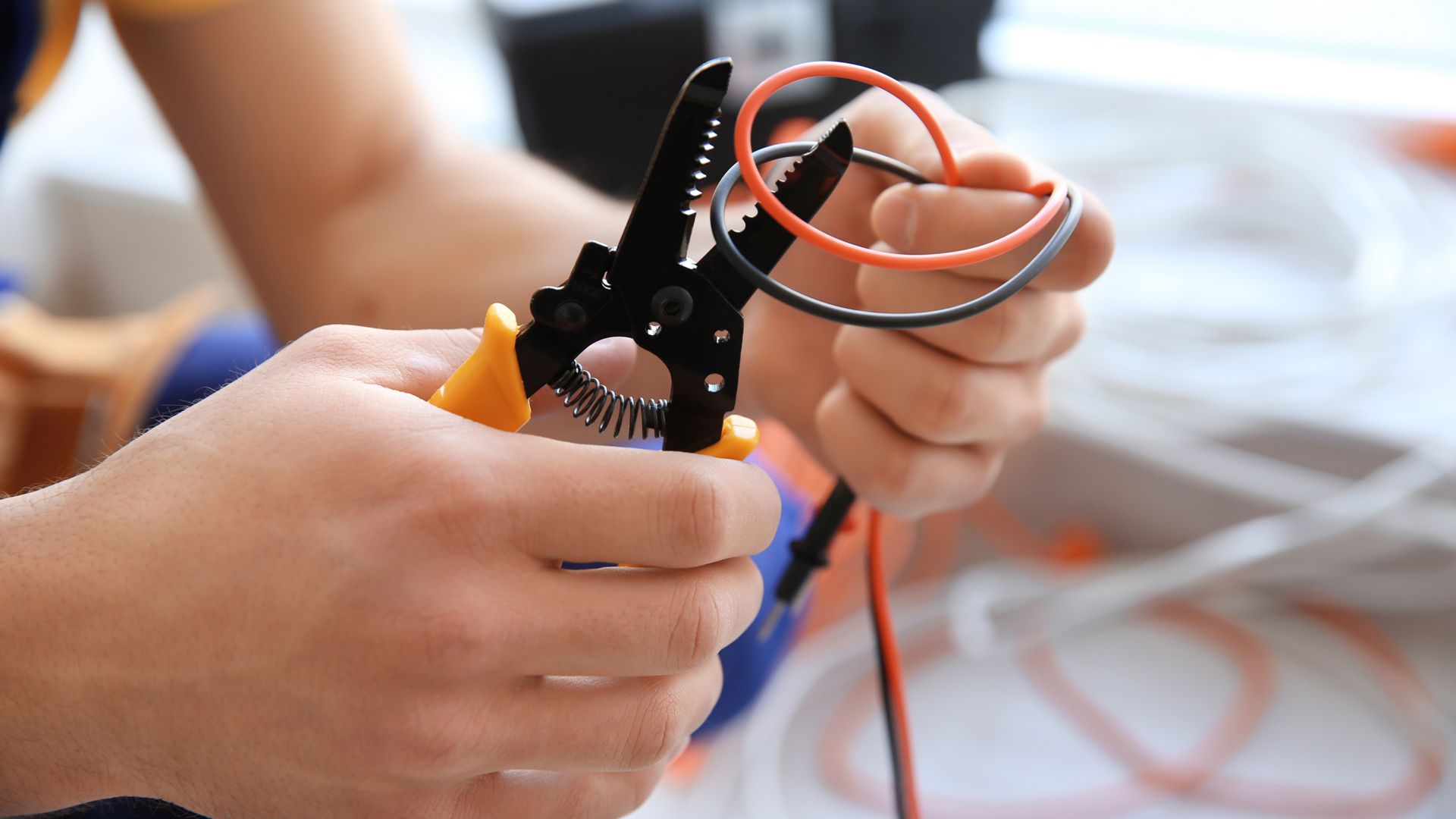When it comes to generator installation, it's crucial to get it right the first time.
A poorly installed generator can lead to numerous issues, including the risk of:
- Electrical fires
- Power outages
- And even personal injury
To help you avoid these pitfalls, we've compiled a list of the top 5 generator installation mistakes and how to prevent them. By following these tips, you can ensure that your generator is installed safely and efficiently, providing you with reliable power when you need it most.
Choosing the Wrong Size Generator
The first step in generator installation is selecting the right size generator for your needs. A generator that is too small may not provide enough power to keep your essential appliances running during an outage, while a generator that is too large can be a waste of resources and money.
To determine the appropriate size for your generator, consult with a professional electrician who can assess your power needs and recommend the best option for your home or business. You can also refer to resources like the U.S. Department of Energy's guide to home energy audits to help you estimate your energy requirements.
Ignoring Local Codes and Regulations
Each municipality has its own set of codes and regulations governing generator installation. Failing to adhere to these requirements can result in fines, penalties, and even the need to uninstall and reinstall your generator.
Before beginning your installation, consult with your local government to ensure that you are aware of and compliant with all necessary regulations. The National Electrical Code (NEC) is also an essential resource for understanding the safety standards for generator installation.
Improper Placement of the Generator
Proper placement of your generator is crucial for both safety and efficiency. Generators should be installed outdoors in a well-ventilated area, away from windows, doors, and vents to prevent carbon monoxide from entering your home or business.
Additionally, your generator should be placed on a stable, level surface to prevent tipping and potential damage. Consult with a professional electrician to determine the best location for your generator, taking into account factors such as noise, accessibility, and proximity to fuel sources.
Neglecting Proper Ventilation
Generators produce heat and exhaust, which can be dangerous if not properly ventilated. A lack of ventilation can lead to overheating, decreased efficiency, and even fire hazards.
Ensure that your generator is installed in an open, well-ventilated area, and consider investing in a generator enclosure to protect your investment from the elements. The Occupational Safety and Health Administration (OSHA) guidelines can provide additional information on proper ventilation for electrical equipment.
5. Attempting a DIY Installation
While it may be tempting to save money by installing your generator yourself, this can be a dangerous and costly mistake. Generator installation involves working with high-voltage electrical systems, which can be hazardous if not handled correctly.
Hiring a professional electrician, like the experts at John Goudie Electrical Contractor, INC, ensures that your generator is installed safely, efficiently, and in compliance with all local codes and regulations. By avoiding these common generator installation mistakes, you can enjoy the peace of mind that comes with knowing your generator is ready to provide reliable power when you need it most.
If you're in the Southern Maryland area, and need assistance with your generator installation, don't hesitate to contact the experienced team at John Goudie Electrical Contractor, INC for expert service!
